The White-necked Rockfowl (Picathartes gymnocephalus), also known as the Yellow-headed Picathartes, is a remarkable bird native to the forests of West Africa. It is easily identifiable by its striking appearance, featuring a bald, yellow head with a distinctive black patch on the crown. The bird’s body is predominantly grey with a contrasting white neck and upper chest, while its wings and tail are dark. Its long legs and tail give it an elegant, almost prehistoric look, making it one of the most visually unique birds in its region.

The White-necked Rockfowl is found in the rocky, forested areas of countries like Sierra Leone, Guinea, Liberia, and Côte d’Ivoire. It prefers humid, dense forests near rocky outcrops or cliffs, where it can build its nests. These birds are known for their strong bonds, often living in small, tight-knit groups. They are also skilled climbers, using their long legs and strong claws to navigate rocky terrain and dense vegetation. Their diet mainly consists of insects, small invertebrates, and occasionally, small amphibians.
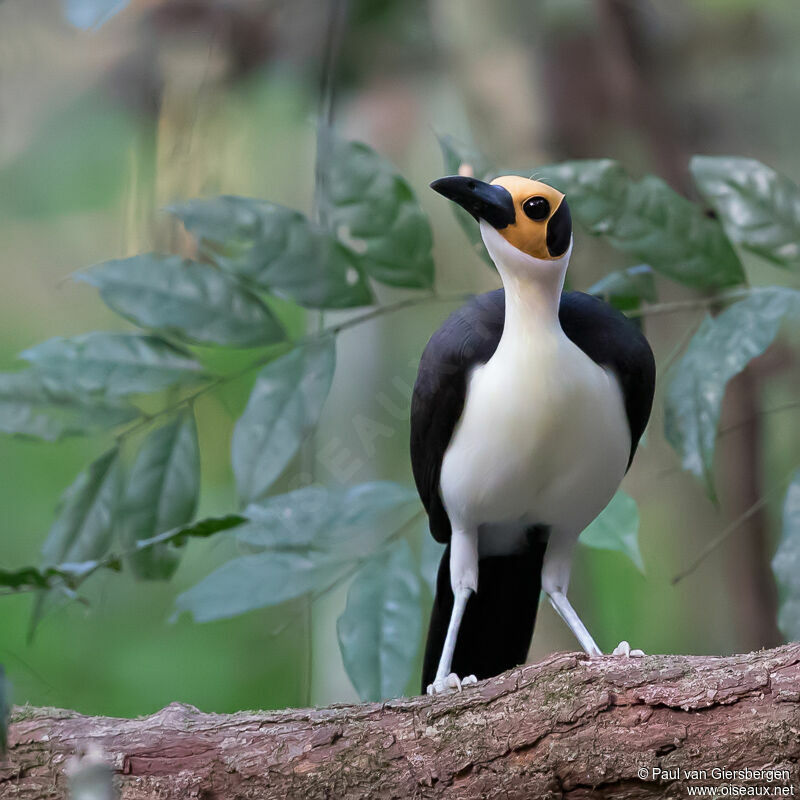

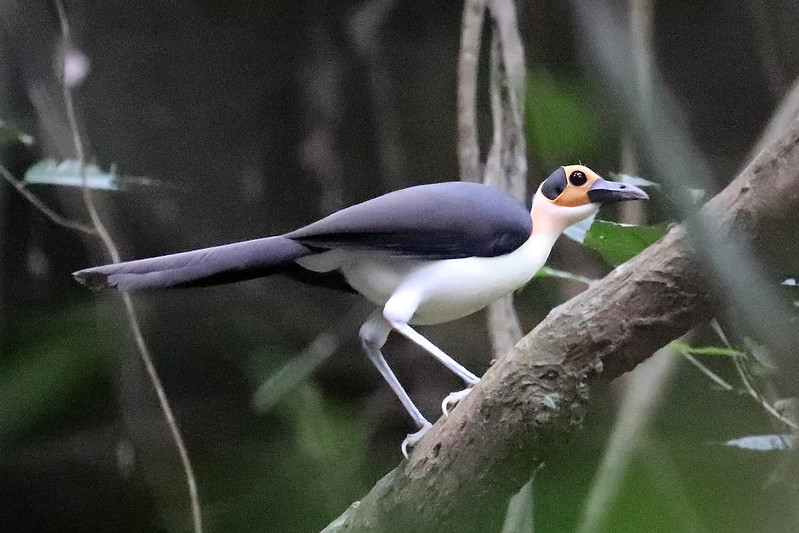
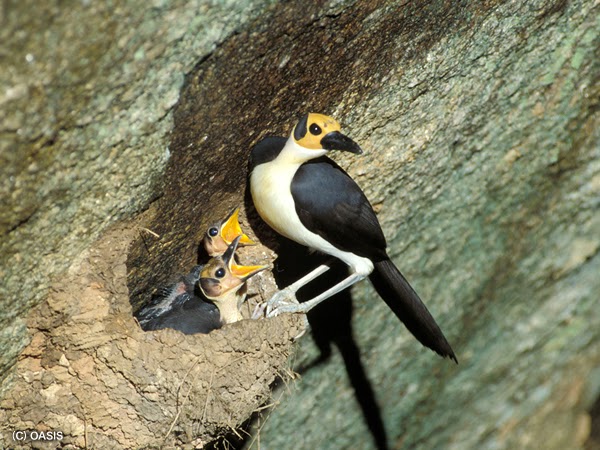
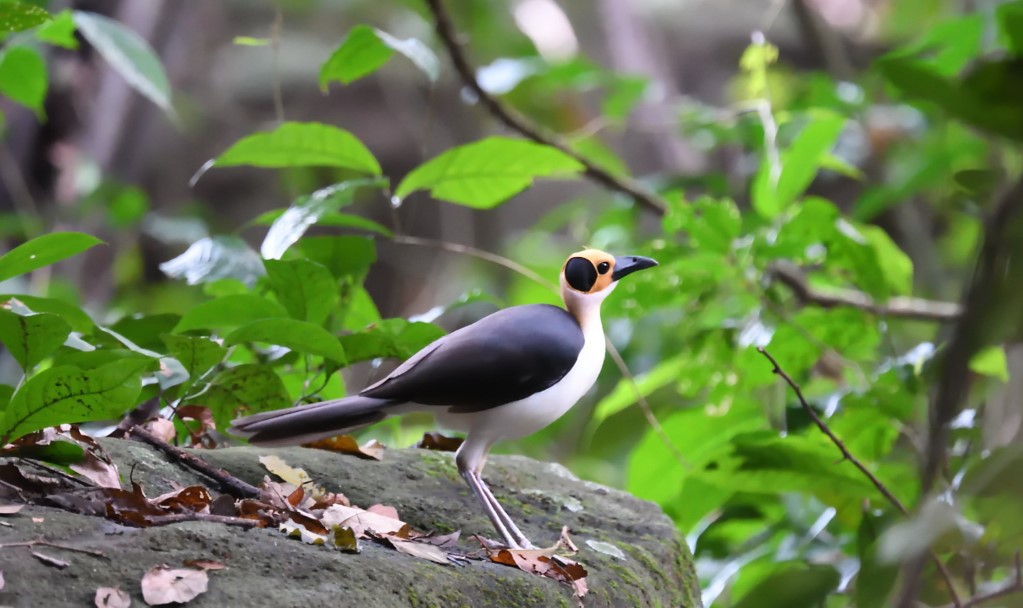



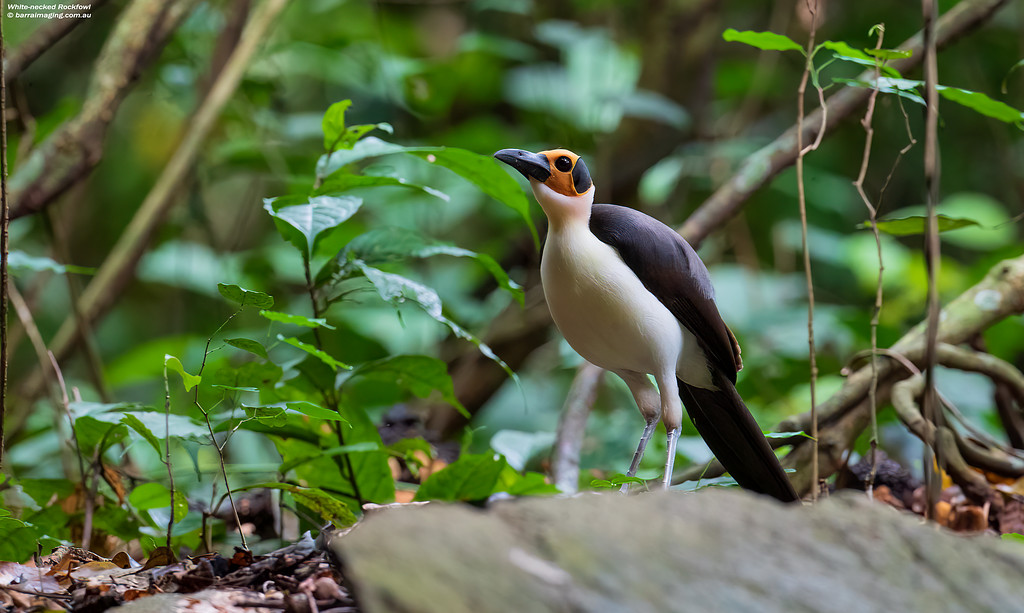
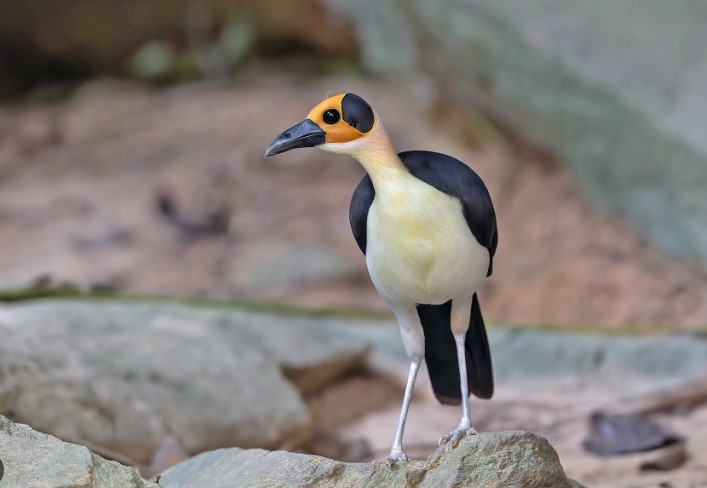
The White-necked Rockfowl is classified as Vulnerable due to habitat loss and fragmentation caused by deforestation, mining, and agricultural expansion. The bird’s reliance on specific nesting sites in rocky areas makes it particularly vulnerable to environmental changes. Conservation efforts are underway to protect its remaining habitat, with various organizations working to establish protected areas and promote sustainable land use practices. Additionally, ecotourism is being encouraged in some regions, helping to raise awareness and generate support for the preservation of this unique species.